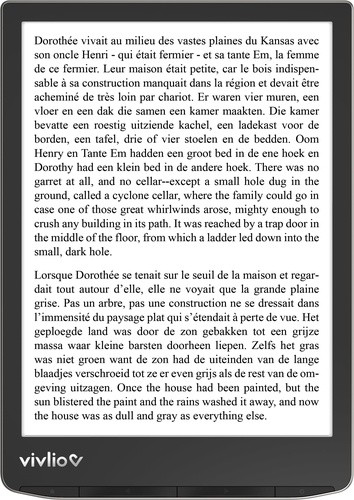En cours de chargement...
The De Bono Code Book
Edition en anglais
12,90 €
Neuf
Actuellement indisponible
Résumé
Language has been the biggest help to human progress. But, ironically, language has also become the barrier to its own development. We are locked in to words and concepts that are limited and out of date. These force us to see the world in a very old-fashioned way. Like any self-organizing system, language has become bogged down in its own equilibrium. The marvellous flexibility of language for description does not enable us to hold complex concepts in our minds. Such concepts exist only where we describe them. The purpose of the two code systems put forward in this book is to allow us to design, hold and use complicated new ideas. Since new words would sound bizarre and grotesque, the new concepts are expressed in a numerical code. This is no different from remembering and using telephone numbers: some you know and Chers you look up. There are a wide range of codes in this book that help overcome the language barriers in anything from relationships to travel. An important and powerful "precode" is also given. The codes presented here are just the beginning of the exciting and limitless range of the de Bono Code.
Caractéristiques
-
Date de parution20/07/2001
-
Editeur
-
ISBN0-14-028777-9
-
EAN9780140287776
-
PrésentationBroché
-
Nb. de pages376 pages
-
Poids0.24 Kg
-
Dimensions12,8 cm × 19,7 cm × 2,6 cm
Avis libraires et clients
Avis audio
Écoutez ce qu'en disent nos libraires !





